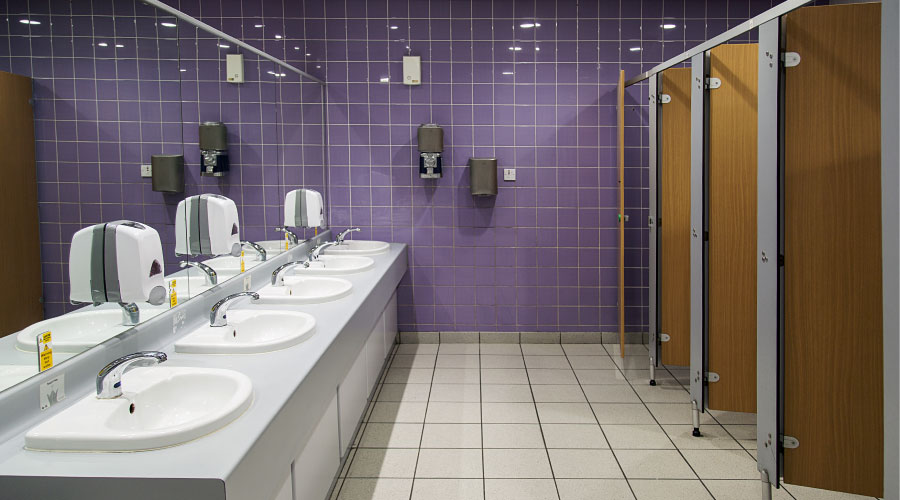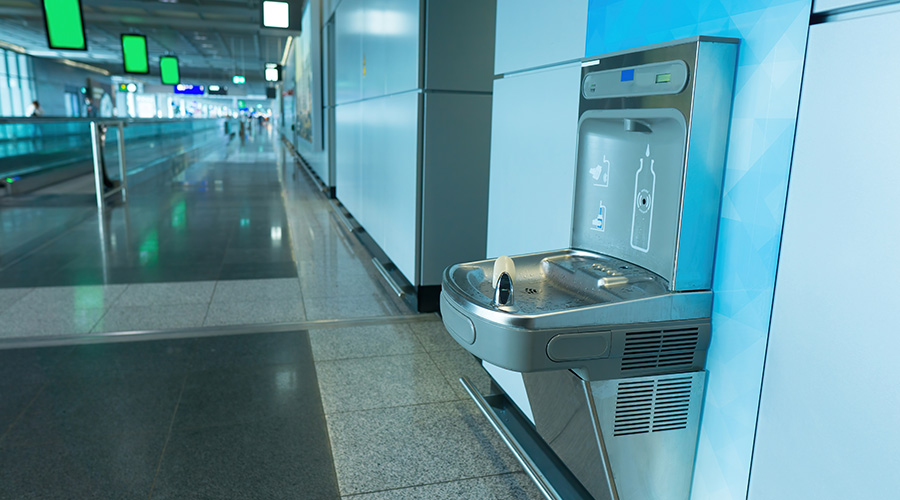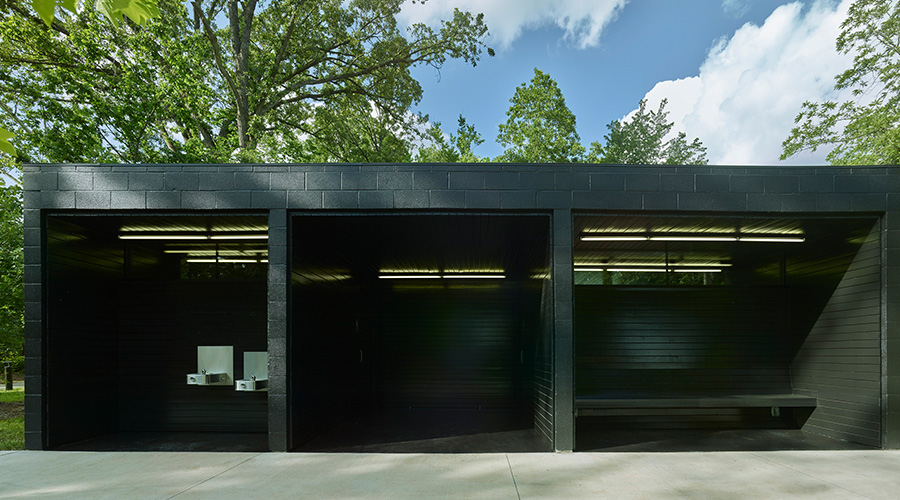Plumbing Retrofits Start with Fixture Inventory
Before developing plans and buying products for a large retrofit, Duclos needed an inventory of installed plumbing fixtures to better anticipate the challenge his department would face. In 2002, Duclos hired a consultant to look at all the fixtures on campus — aside from residence halls, which Duclos' department is not responsible for — and come up with suggestions for retrofits that would transform most of the university's fixtures from standard flow to low flow.
"In addition to getting the exact number of these fixtures, we also knew model numbers, makes and what types they were," Duclos says.
The inventory, which covered 134 buildings comprising about 8 million square feet, determined the university — aside from residence halls — had 1,439 toilets, 337 urinals, and 2,525 faucets. Some newer buildings on campus already featured low-flow devices, but the retrofit still was a significant challenge.
Duclos used results from the inventory and in 2005 started buying low-flow fixtures to replace the standard-flow units. The university hired two plumbers whose only job was to perform the retrofits.
The projects included:
- specifying one-half-gallon-per-flush (gpf) urinals to replace most of the 1.3-gpf units
- specifying manual faucets for most facilities, primarily due to cost considerations in comparison to automatic-style faucets, Duclos says
- installing one-half-gallon-per-minute (gpm) aerators to replace the 2-gpm units
- removing automatic-flushing devices in many fixtures after students perceived those units to be inefficient.
"We got complaints from them that the toilets would flush multiple times, and they thought it was wasting water," Duclos says. "We decided to go with all manual flushes."
The fixture retrofits, along with a renewed focus by the maintenance department to repair leaking fixtures and piping, generated 30 million gallons of annual water savings for the university, Duclos says. The university also addressed water use in its cooling towers and research buildings, producing 90 million gallons of annual savings in those areas.
"It was kind of eye-opening," Duclos says. "Because we had the study in 2002, we knew the savings we could anticipate for the fixtures. But the research buildings really were an eye-opener. I think most people on campus would have thought most of our water usage was on the plumbing fixtures, not necessarily cooling equipment."
Water conservation remains a primary concern for managers, so developing task forces and committees to assess consumption is becoming more common.
"We developed a green team in our hospital, so we look at energy savings, water savings, and landfill savings," says Jim Bugyis, director of facilities with Sarasota (Fla.) Memorial Hospital. "We look at it from the perspective of what we can do to have a huge impact on our community and our surroundings."
Related Topics:















